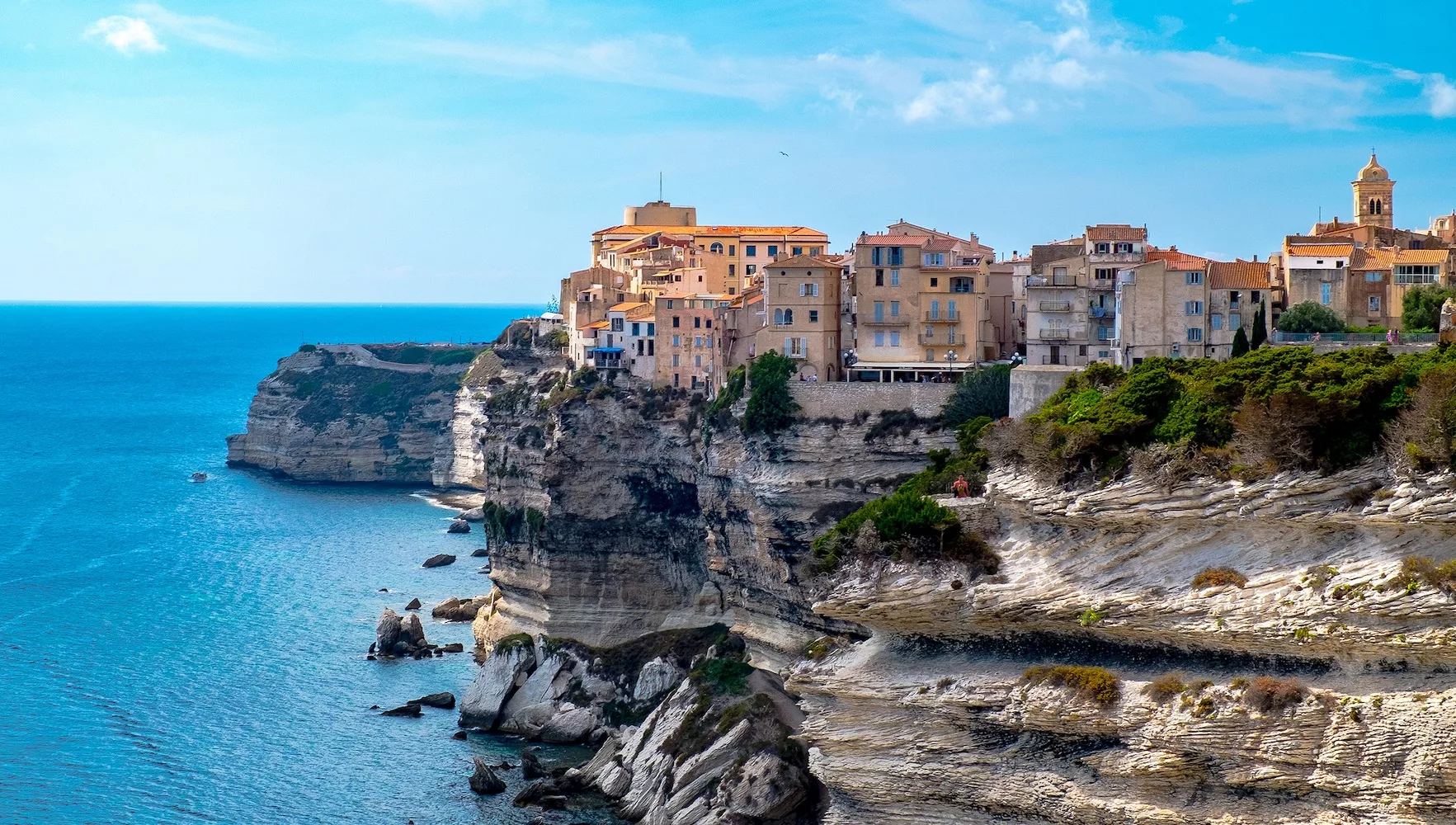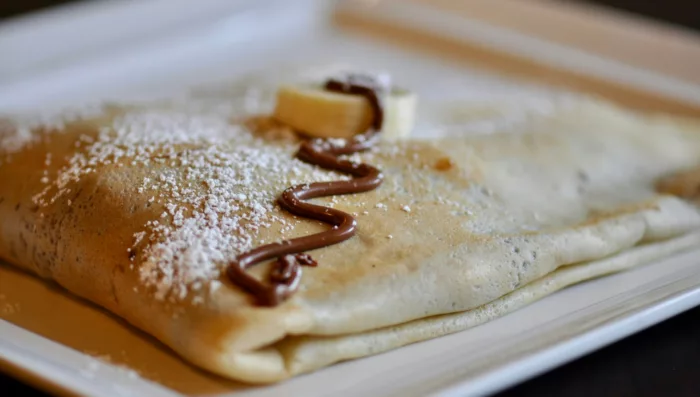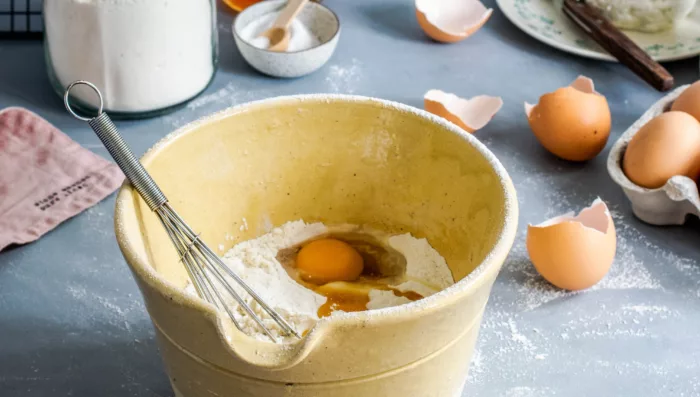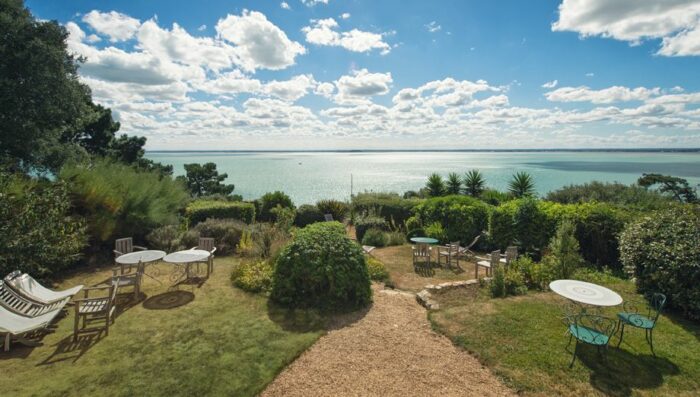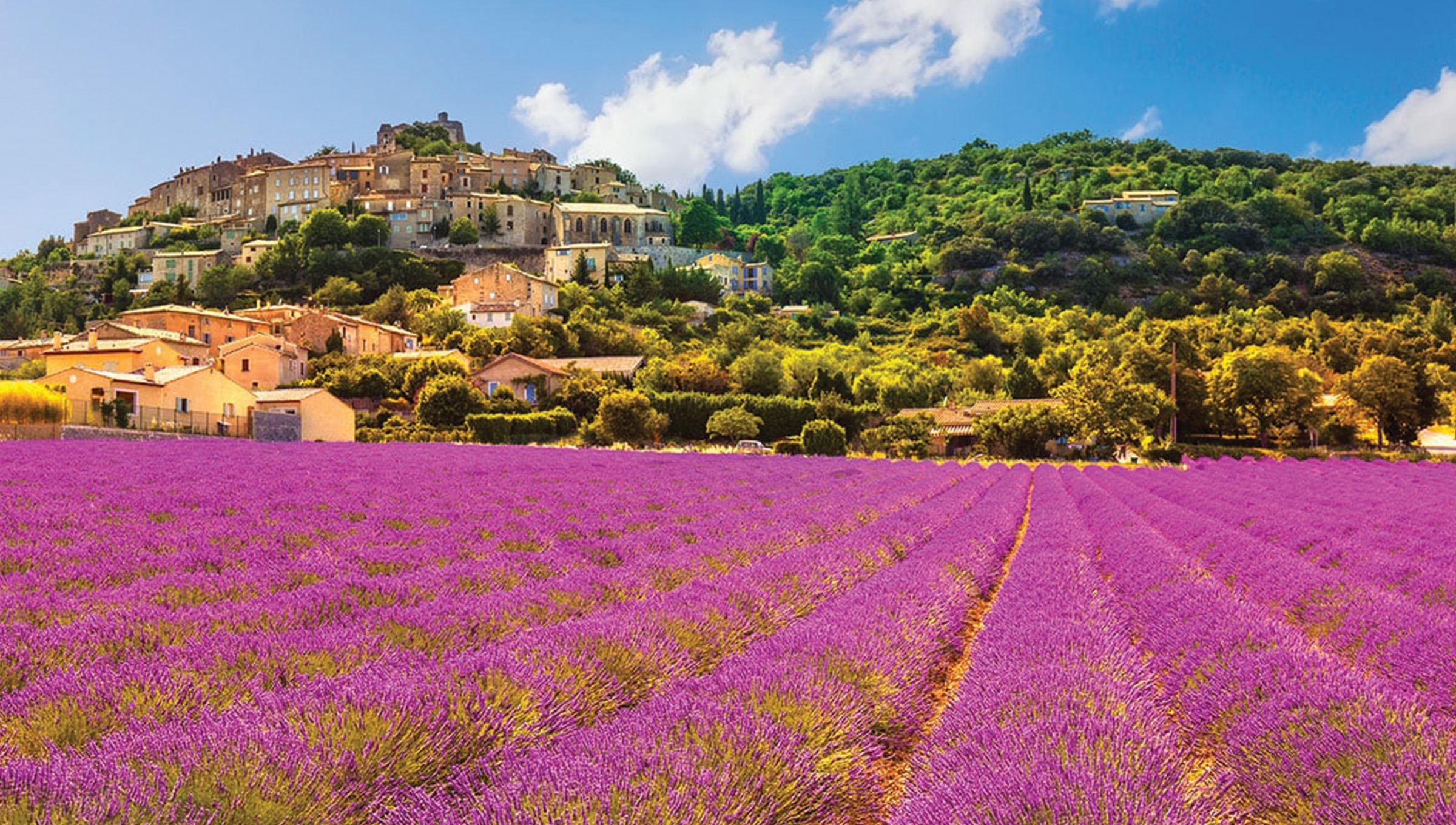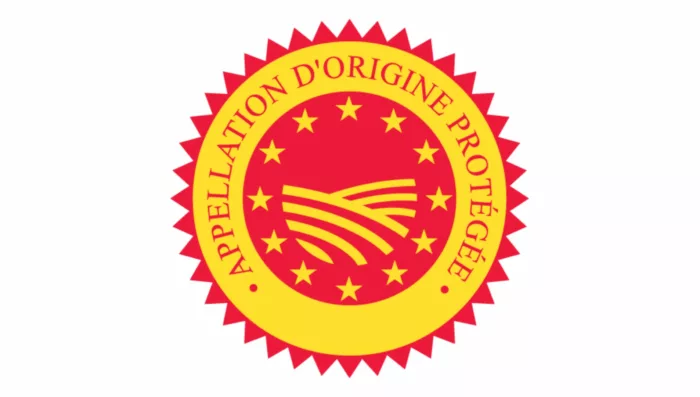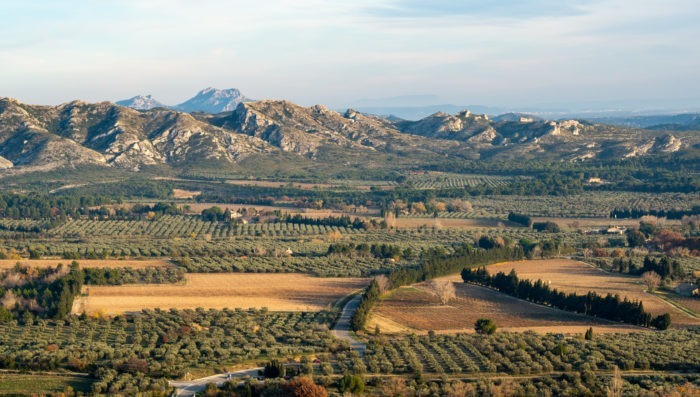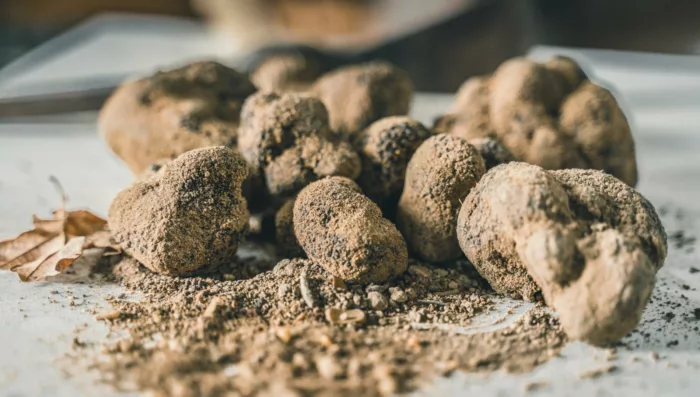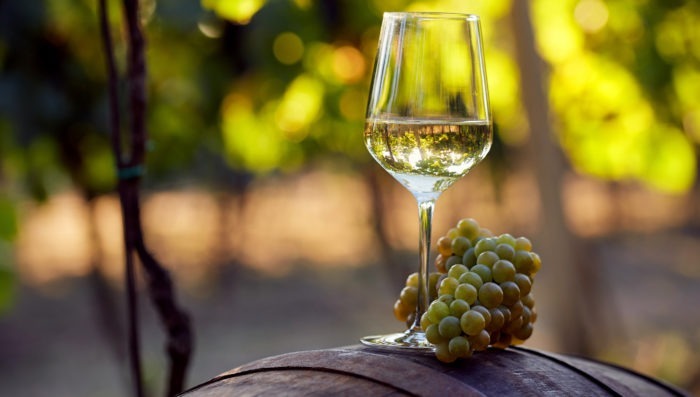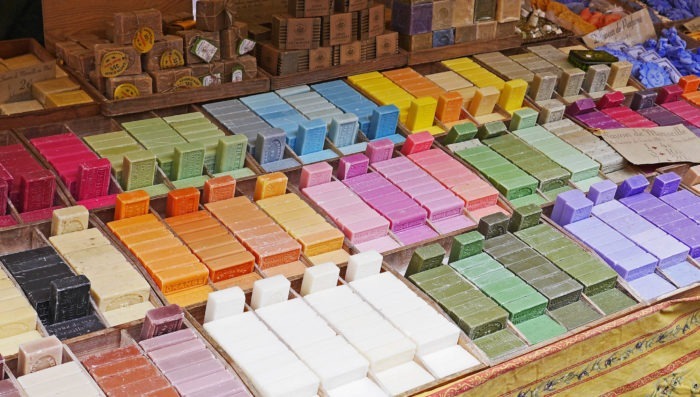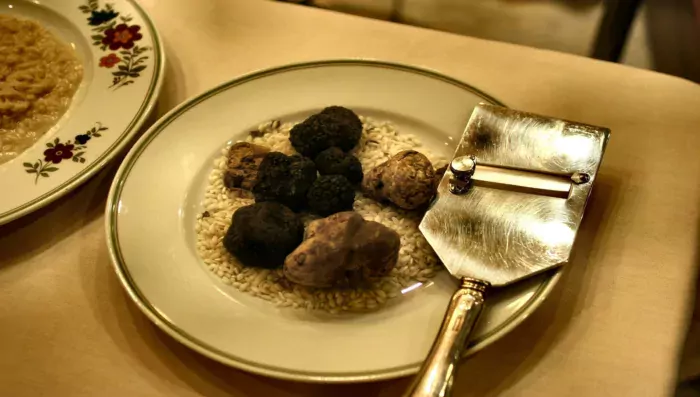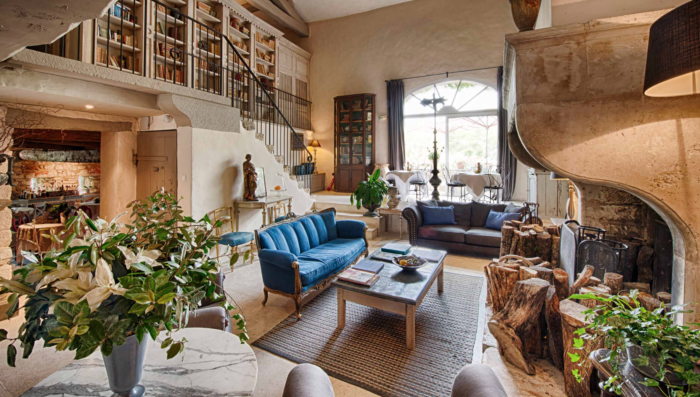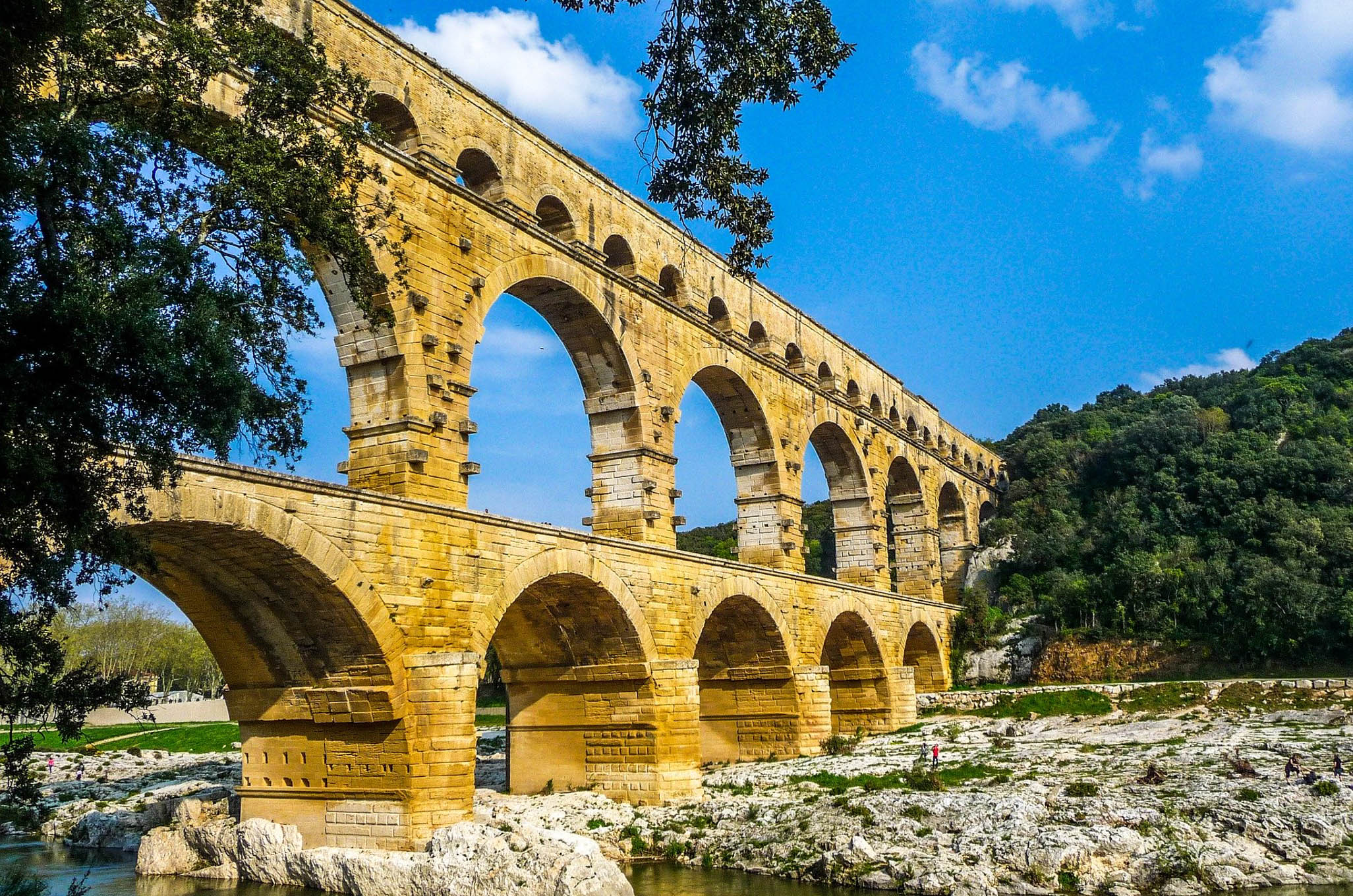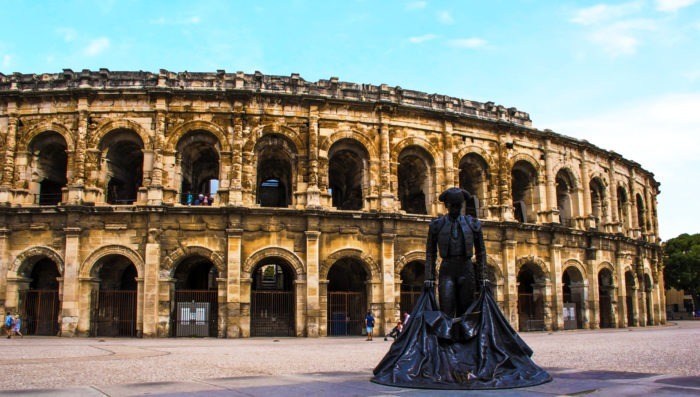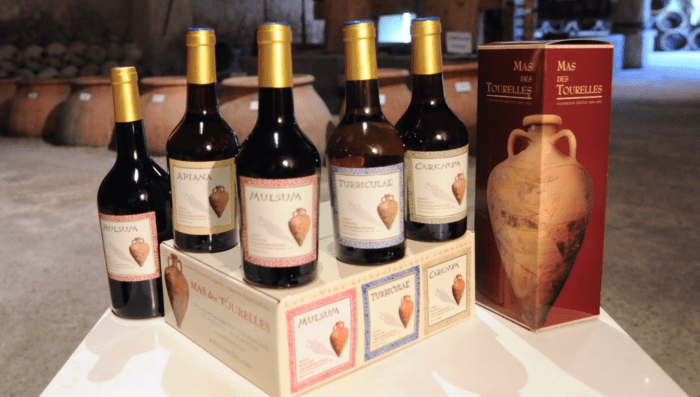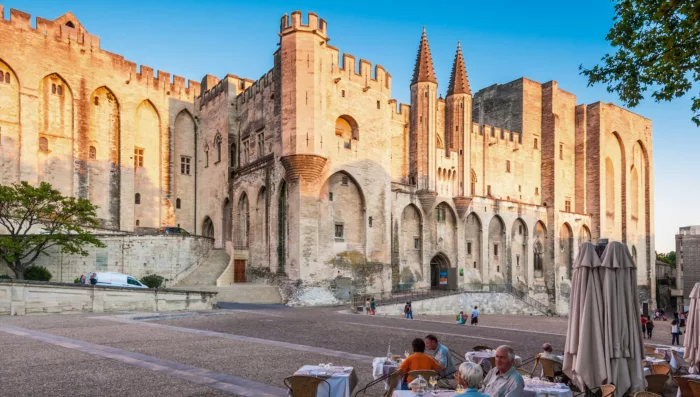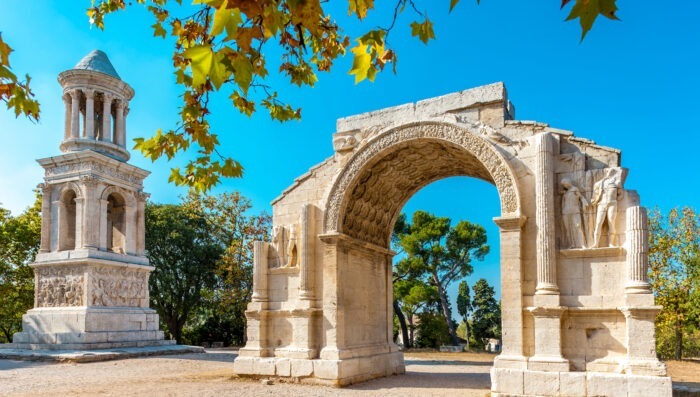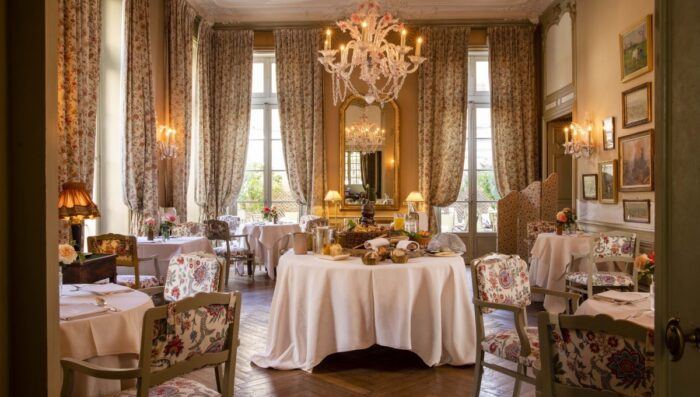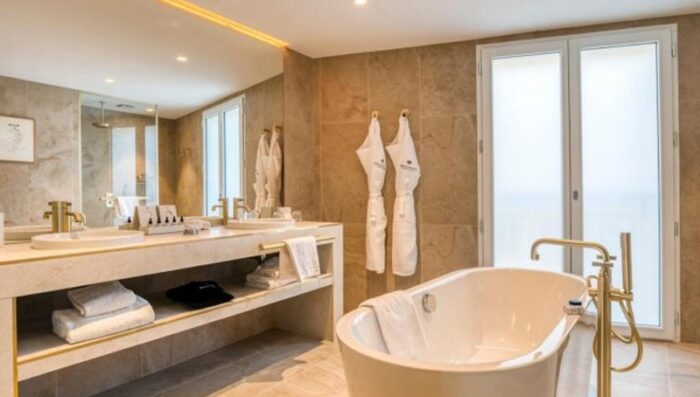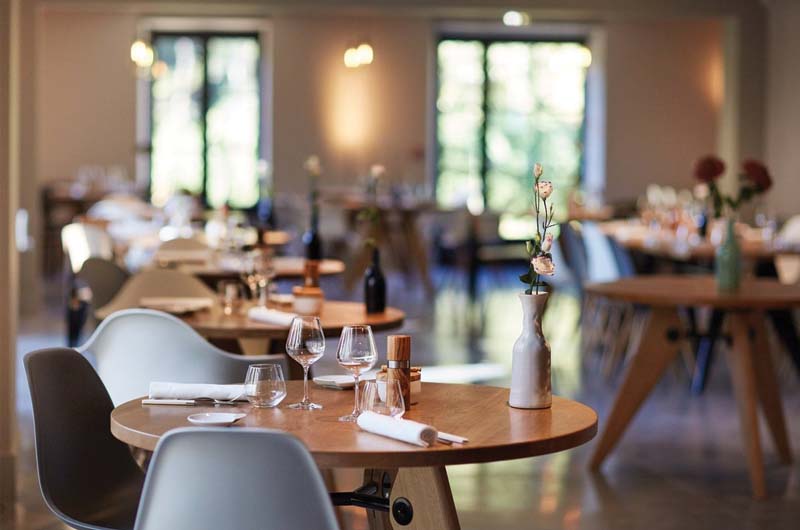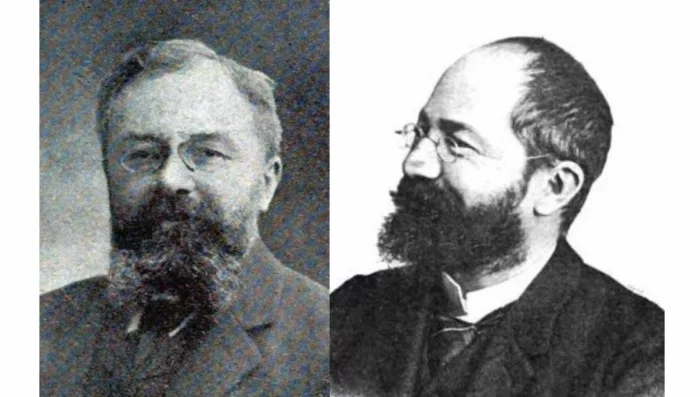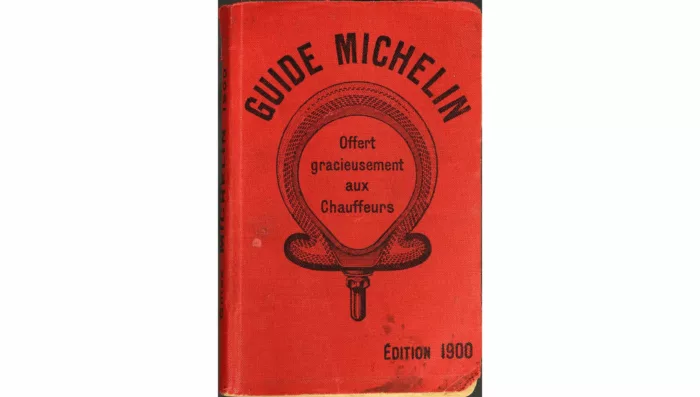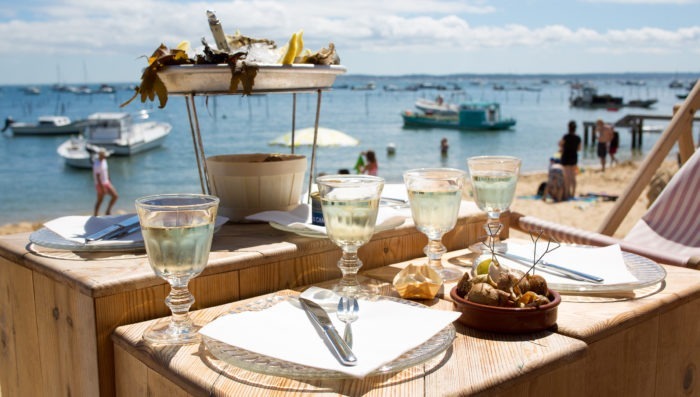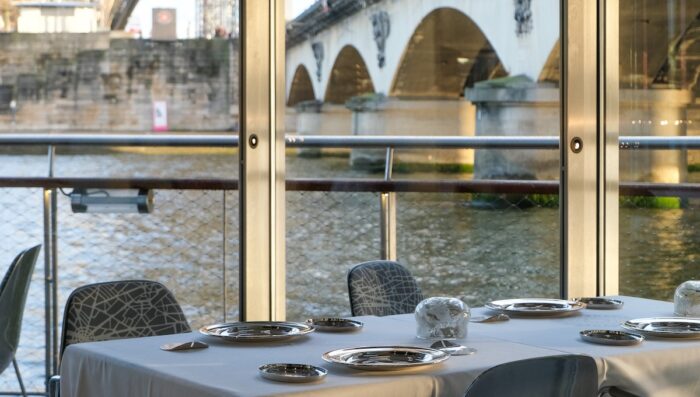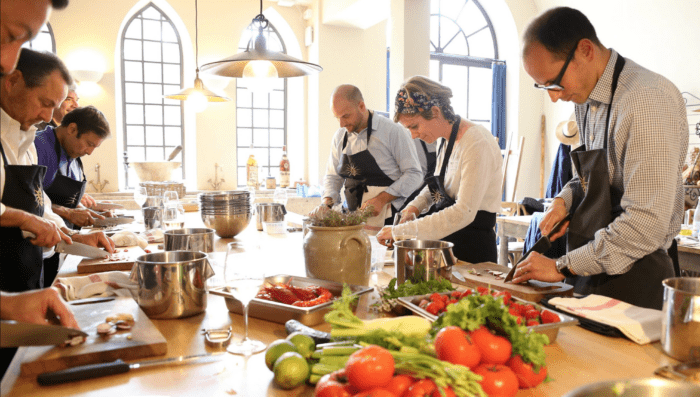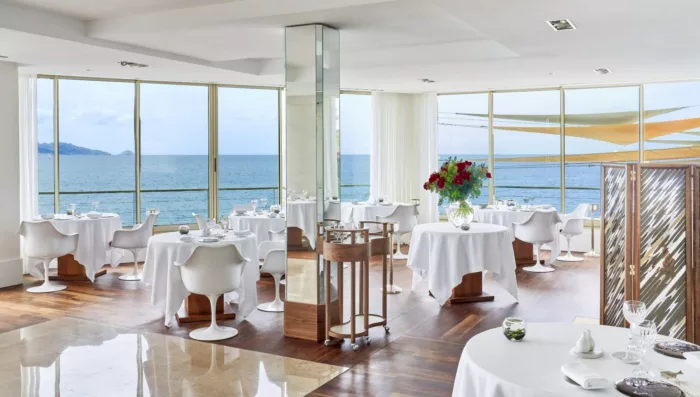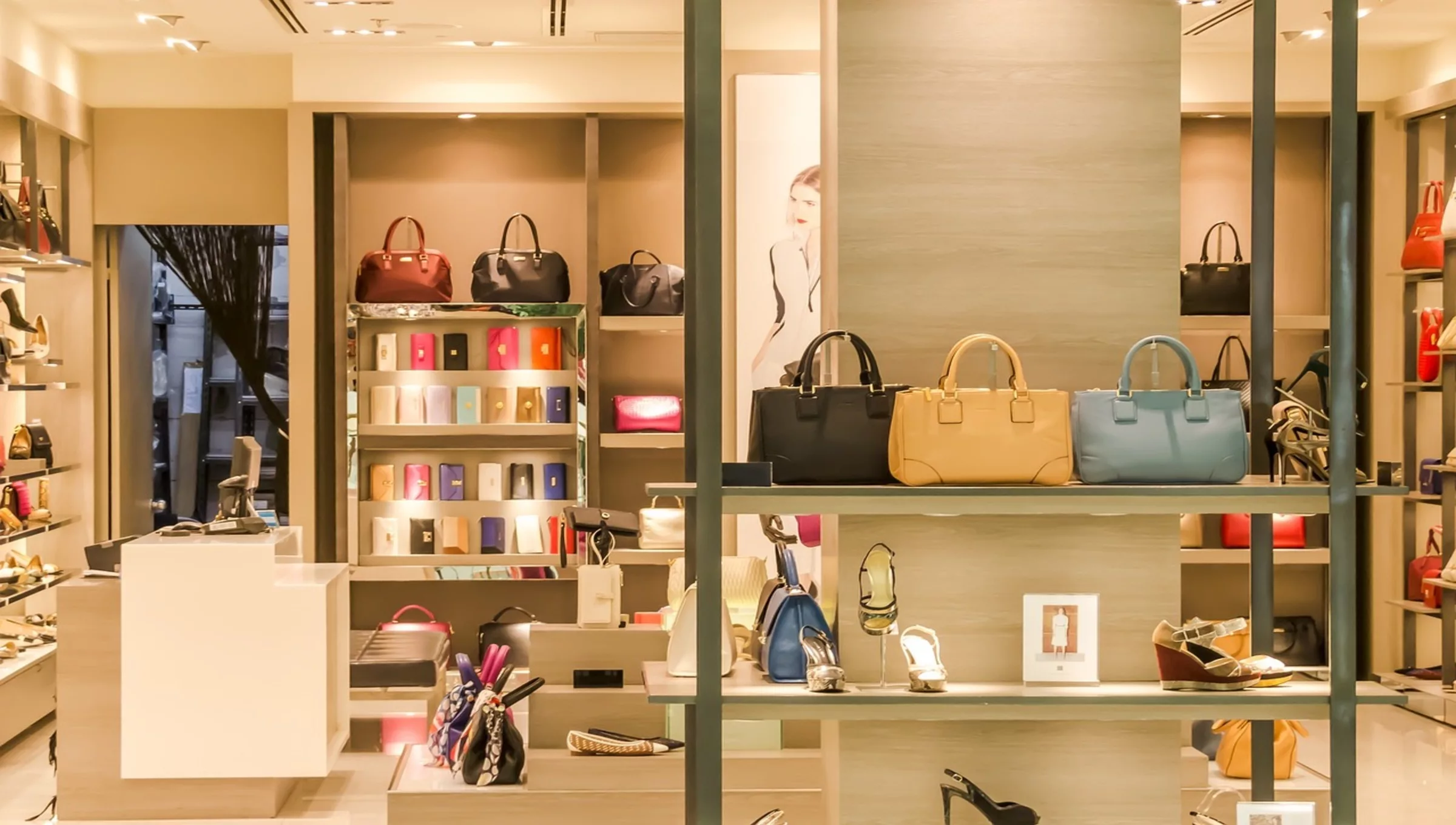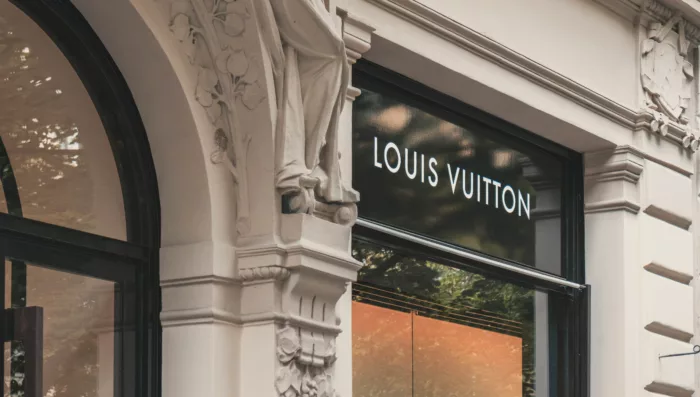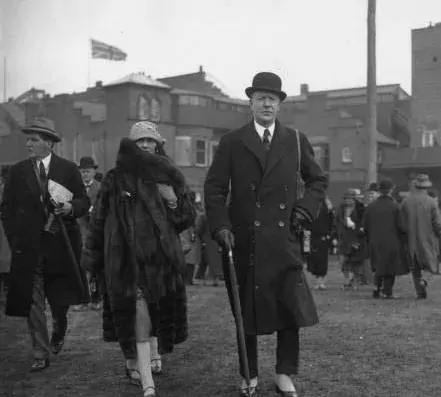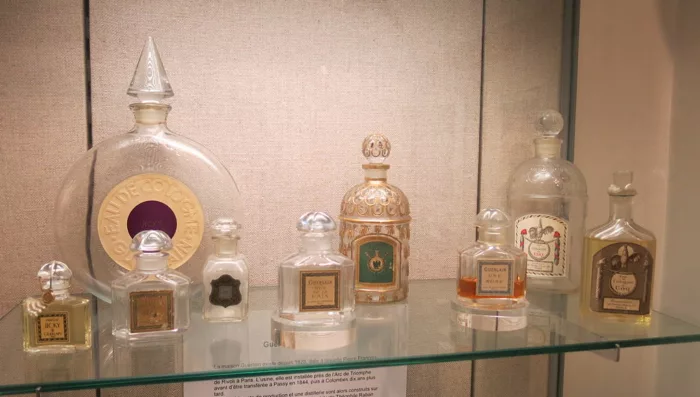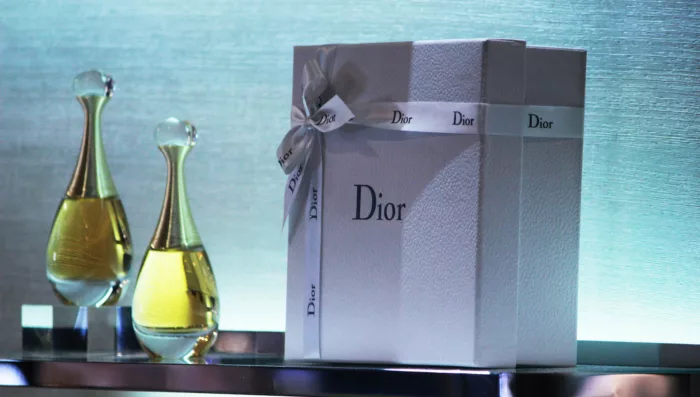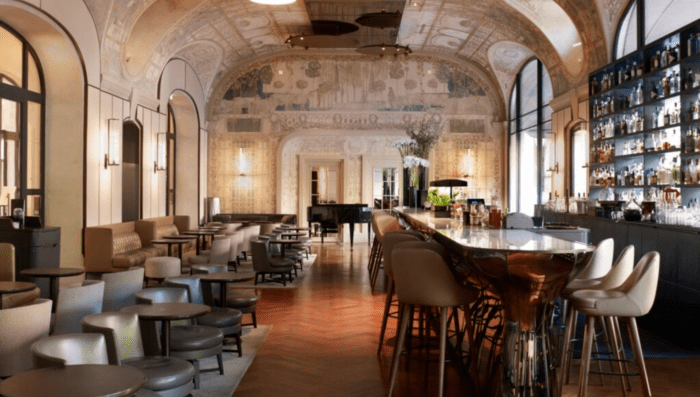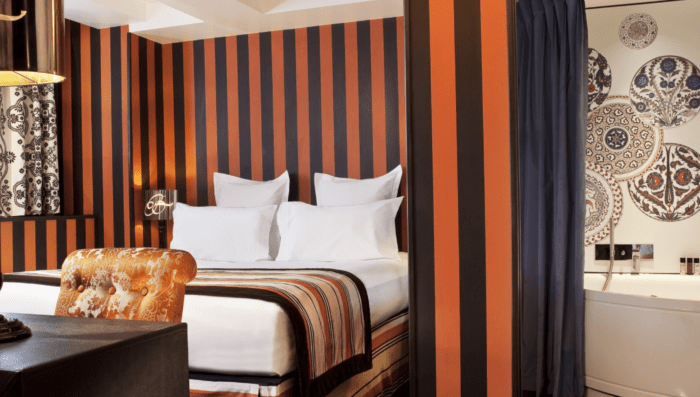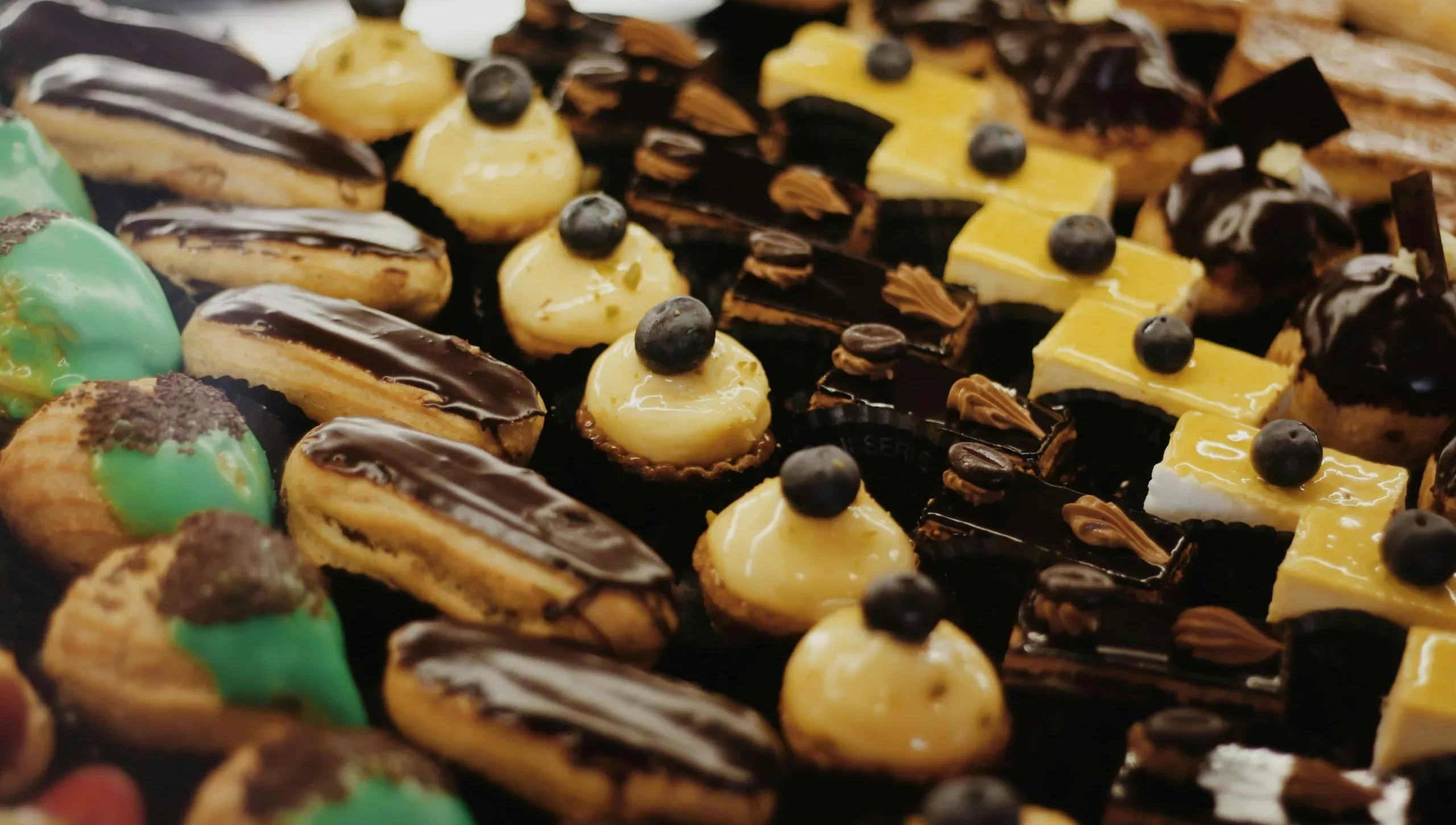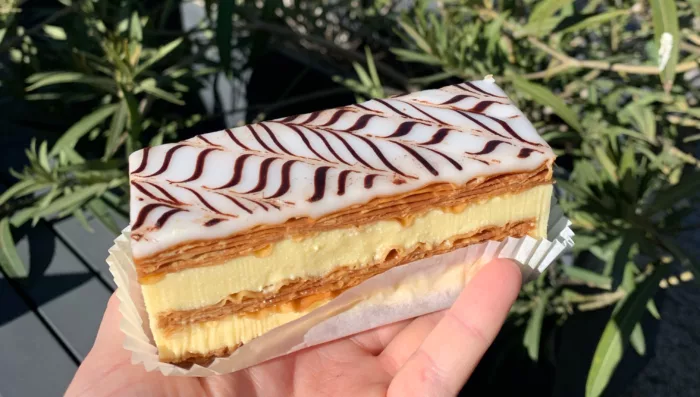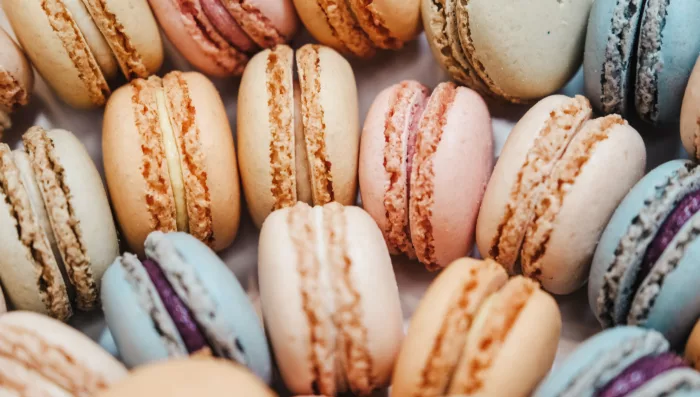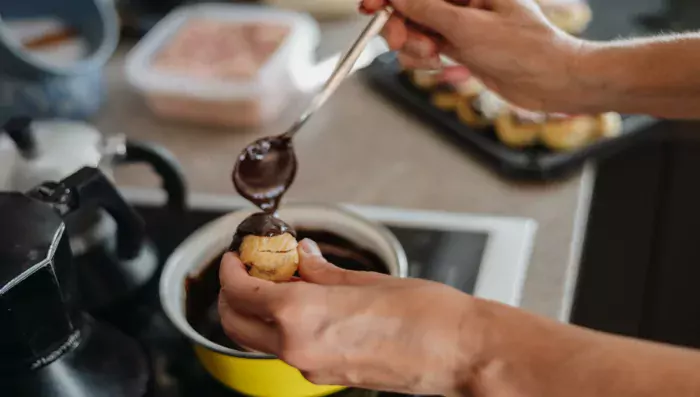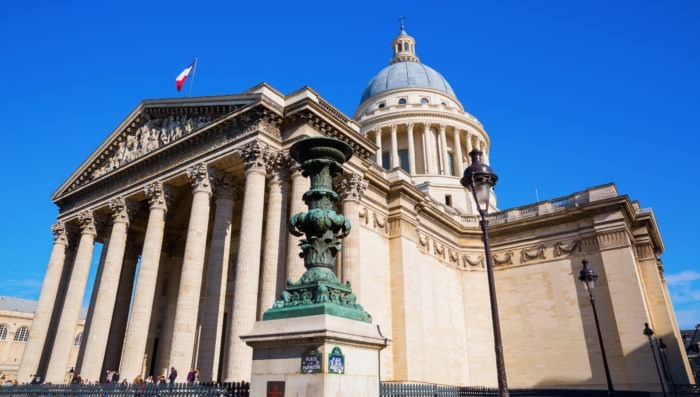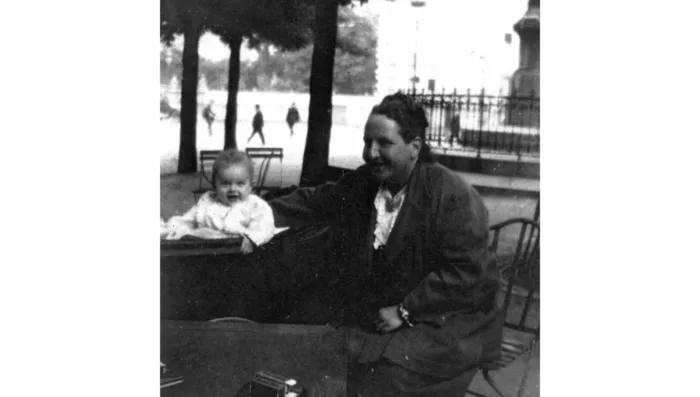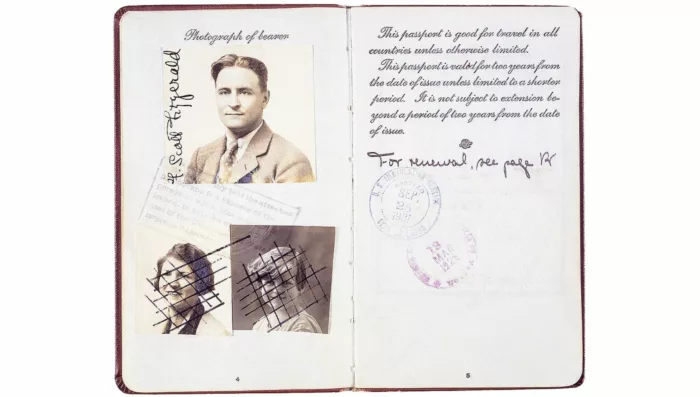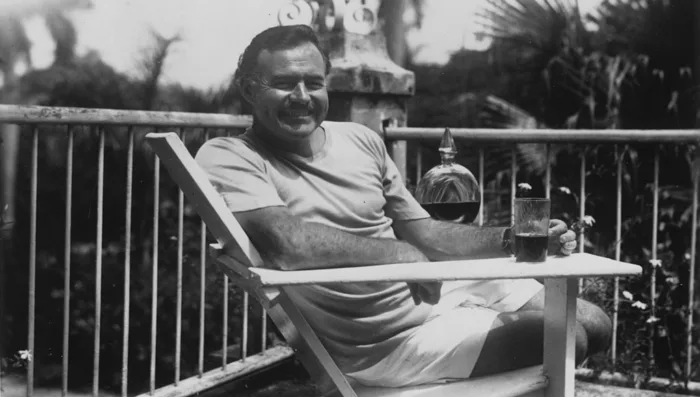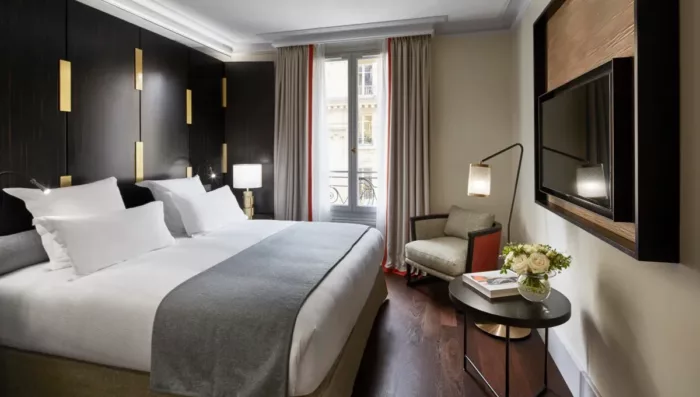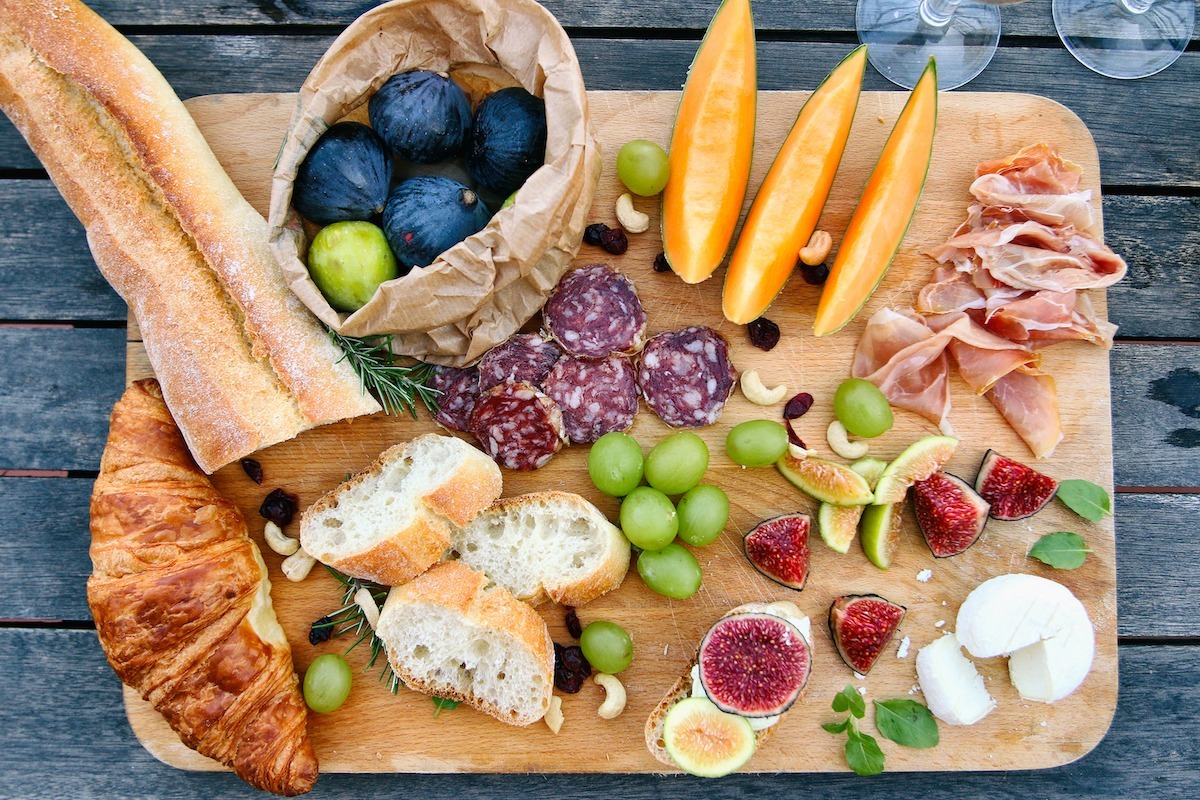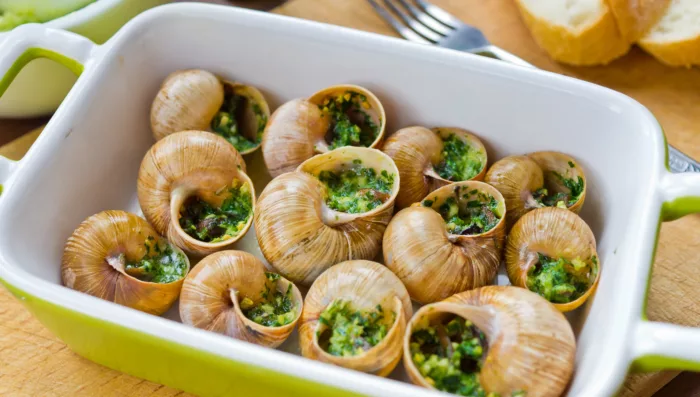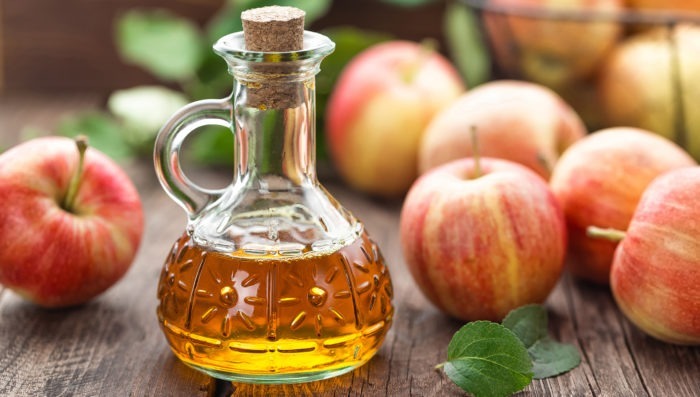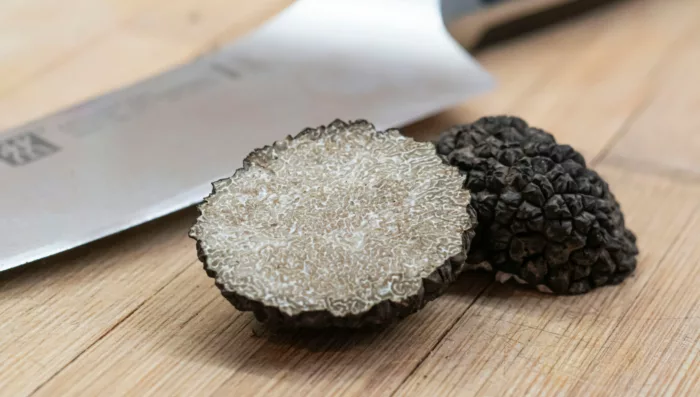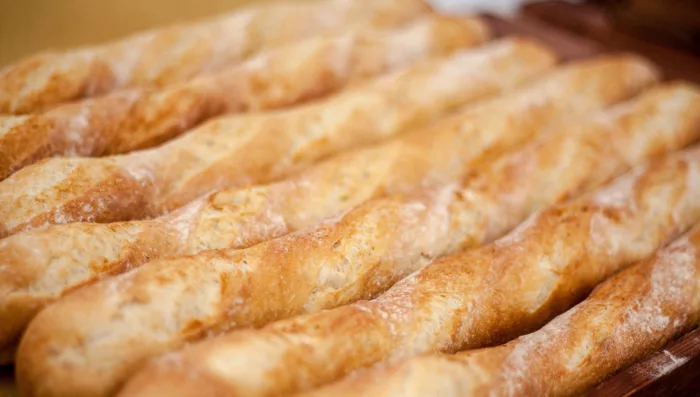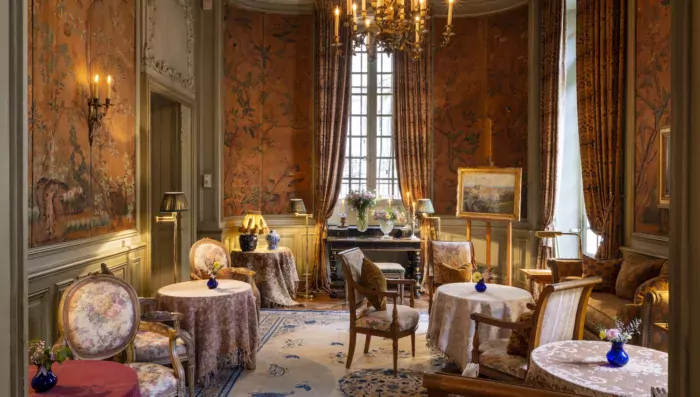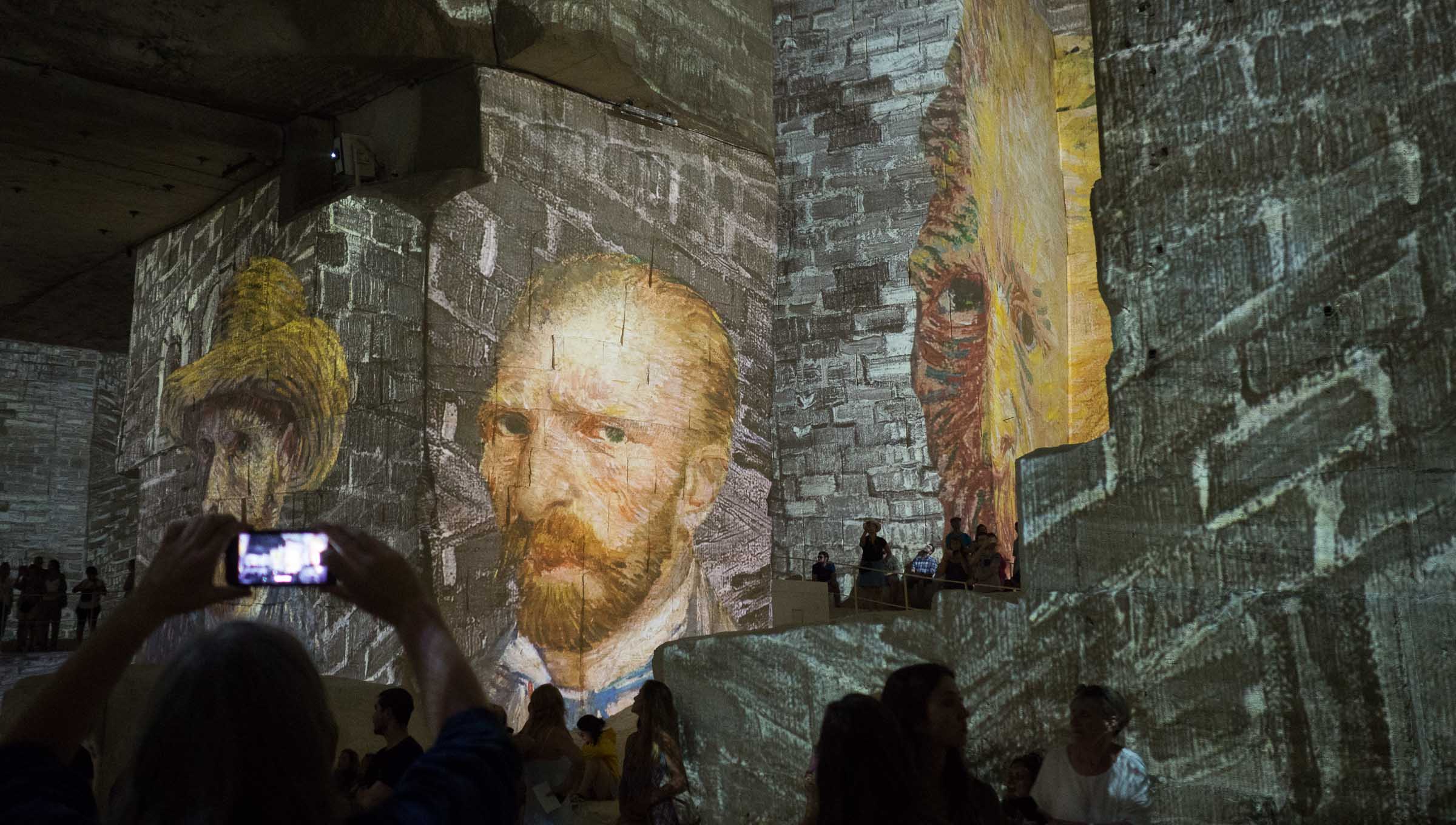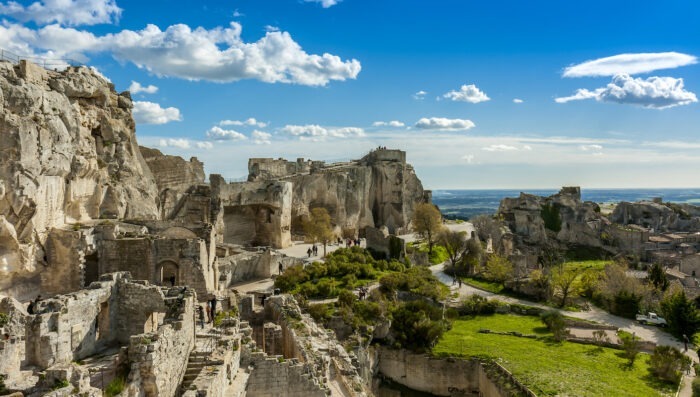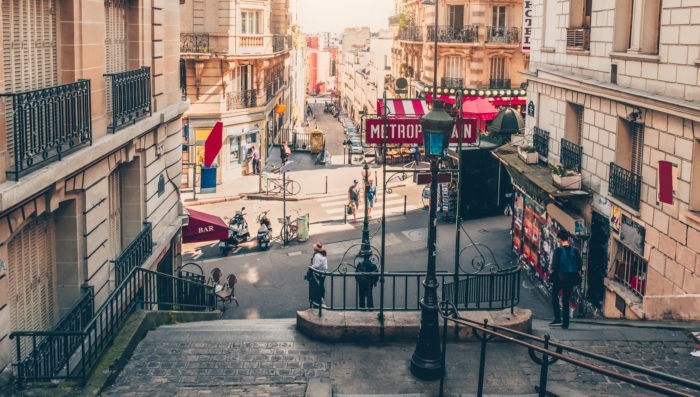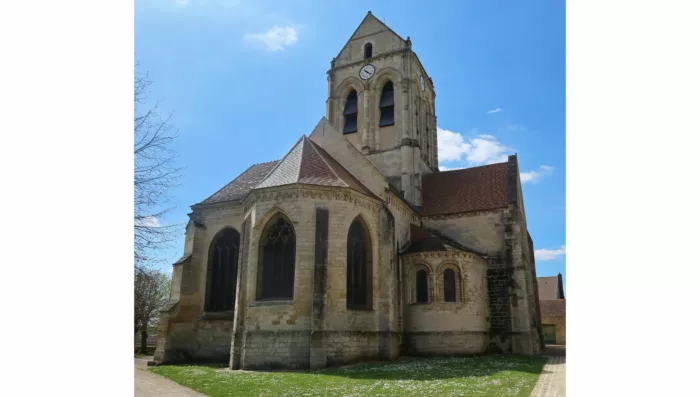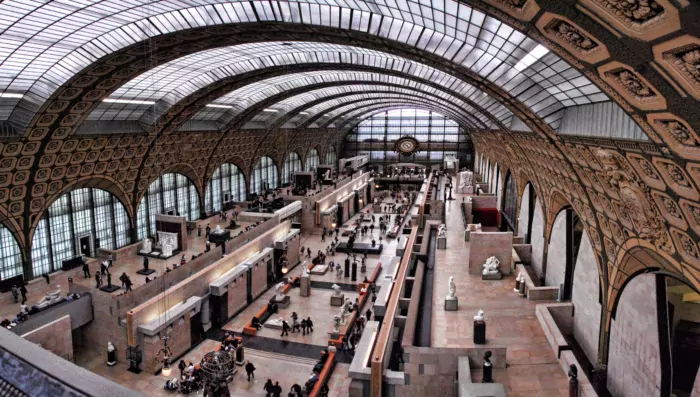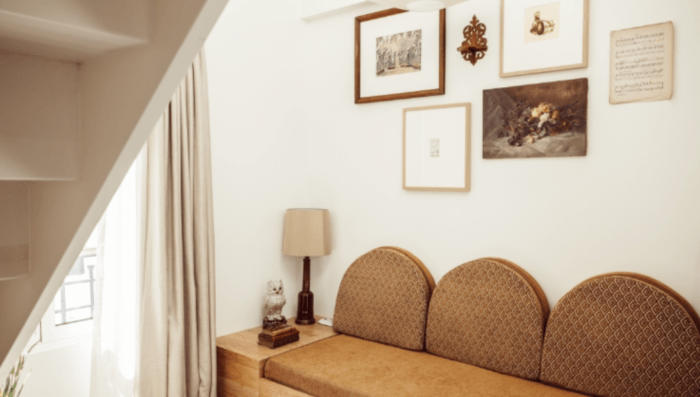From strolling the historic halls of the Louvre to marveling at its Renaissance castles, France offers endless dreamy experiences. But perhaps you’re craving even more adventure for your trip to France than the typical tourist experiences. If you’re pining for the most luxurious activities for your trip to France, look no further. From hot-air balloon to helicopter rides, we’re sharing our epic France bucket list – by air, land and sea.
Epic France Bucket List: By Air, Land and Sea
France Bucket List Experiences by Air
Sure, wandering French village cobblestone streets is enchanting, but the views from up high aren’t too bad either. Here are some of our favorite bucket-list experiences for those who’d like to see France from the air.
Take a Hot-Air Balloon Ride Over Champagne

Nope, it’s not just for the movies. With French Side Travel, you can enjoy the hot-air balloon ride of a lifetime over the wine region of Champagne. Float above the idyllic vineyards and see France from a perspective most never have. Our pilot will pop open some champagne for you as you bask in the beauty of this region. You’ll even have the opportunity to prepare the canvas or even fire up the balloon if you so choose. This bucket list hot-air balloon ride will allow you to indulge in a special moment as a couple, family or friends.
Explore Corsica by Helicopter

Start your journey by hopping aboard the Ecureuil AS350 B3 helicopter and prepare for a takeoff fit for postcards. You’ll begin your private ride at Porto-Vecchio and then glide over Massif de Bavella. Peel your eyes for the summit and the Trou de la Bombe, a well-known rock formation. Your pilot will guide you to the turquoise waters of the Bay of Fautéa and swing by Bonifacio, a Mediterranean city perched on rock. Your private helicopter ride can be a deep dive of Corsica’s sea views, mountain views or both. No matter which route you choose, your helicopter ride will enchant you with Corsica’s rugged nature.
Fly through France with a Former Military Pilot
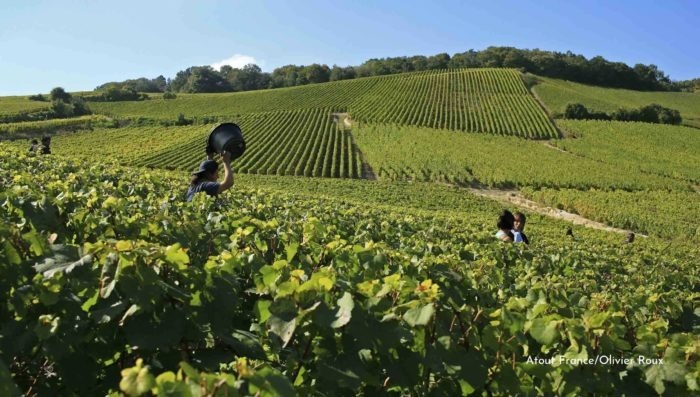
See the region of Champagne at low altitude from the perspective of former fighter pilots, who have embarked upon Rafale and Mirage jets. Start your aerobatic aircraft experience with a safety check and mission briefing.
France Bucket List Experiences by Land
France’s various geographies intrigue you, and you’re searching for unique experiences to be had across the country. We’ve rounded up some of our top France bucket-list experiences by land.
Wander the Forests of Chambord
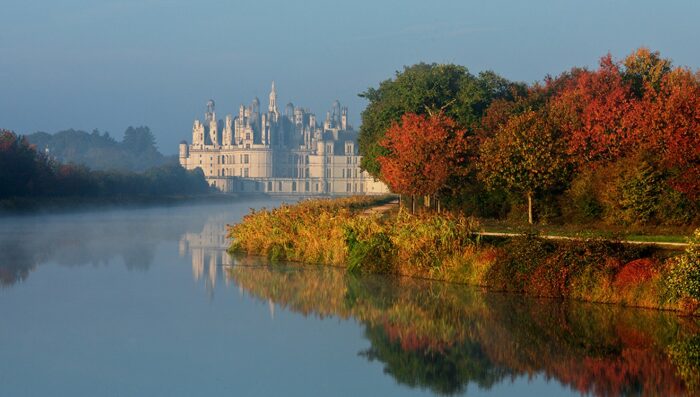
Escape from the hustle of metropolitan France into the forests of Chambord in central France. French Side Travel will secure an exclusive visit where you’ll observe and hear the stags — all from a watchtower. This experience is best enjoyed between September and October in order to hear the stags’ bellows to attract mates and mark their territory.
Paint with Wine in a French Vineyard

Wine isn’t only for drinking; it’s also for painting! In this epic France bucket list experience, you’ll explore your inner artist with a paintbrush and wine-based paint. This domain offers an art center where you can find inspiration from the domain’s rolling vineyards.
Ski Courchevel’s Slopes in Exclusivity

Ever wondered what happens after a ski station closes for the day? At Courchevel, you can have exclusive access to the slopes with French Side Travel. You’ll start your evening enjoying a glass of wine during golden hour. Then as dusk sets in, you’ll get equipped for a night skiing adventure. Your ski headlight will be provided and allow you to admire the town’s lights from a privileged spot.
Dine in a French Château
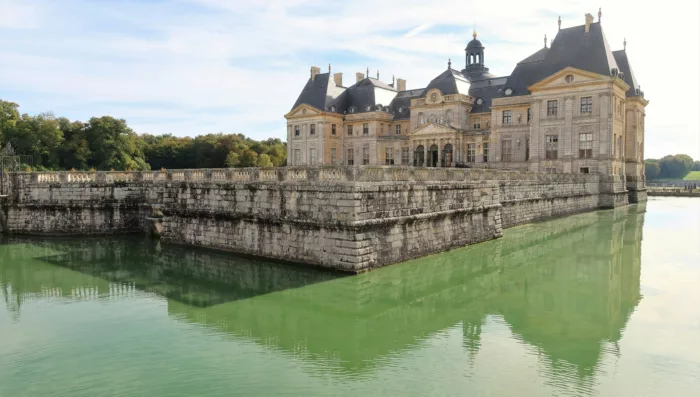
Treat yourself to a splendid meal at the Château de Vaux-le-Vicomte in exclusivity. Dating back to the 1600s, this French castle and its gardens could have been pulled right out of a storybook. The same group of designers who created these gardens were later hired by Louis XIV to create the gardens of Versailles. Enjoy your meal fit for kings and queens in the castle all to yourself.
France Bucket List Experiences by Sea
From its Sunday morning markets to its snow-capped Alps, France offers endless nooks and crannies to explore by foot. But its water access is just as idyllic and promises unforgettable moments. Here are some of our favorite France bucket-list experiences by sea:
Set Sail for Porquerolles

This idyllic island off the coast of Hyères is car-free and the perfect place to explore by foot or bike. But the journey there is an enchanting moment in and of itself. You’ll board a boat and see the Mediterranean from a new perspective. Your first stop will be at a wild cove where you’ll enjoy a French breakfast. Take a dip in the crystal blue waters or admire the underwater creatures by snorkeling. Later you’ll sail to an exclusive winery, which you can explore by e-bike or 4×4. You’ll have your choice for lunch: a gourmet picnic aboard in a deserted cove or in a restaurant in Port Cros.
Cruise the Calanques

Along the coast of Marseille and Cassis sits the multiple calanques, awe-inspiring rock formations that meet the sea. It’s possible to hike through the calanques, but if you’re looking for a luxurious experience on the Mediterranean, taking a private boat ride is the ideal choice. Head out at peak of day to take a swim in one of its creeks or opt for sunset departure for an apéro aboard.
Where to Stay in France
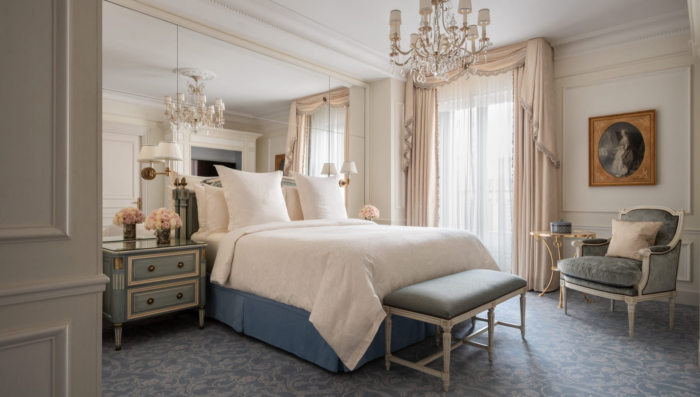
Relais de Chambord
A mere four minutes from the Château de Chambord, this hotel is at the heels of royalty. With 16th century roots, this four-star hotel offers 55 unique rooms, including a boat suite. After a day of castle exploration, you can dine at one of the hotel’s restaurants. We’re certain that you’ll be tempted by its herb-crusted venison at Le Grand Saint-Michel or a café gourmand at Les Armes du Château.

Les Bords de Mer
A stay at this hotel is a bucket list experience in and of itself! Located at the feet of the Mediterranean Sea and on Marseille’s corniche, or its boulevard lining the sea, Les Bords de Mer promises a luxurious escape. Once a waterside villa in the 1930s, this retreat has been reimagined as a contemporary 4-Star boutique hotel. All of its 19 rooms boast sea views, and light pours in through its massive windows.
Thinking about one of these France bucket list experiences? We’re ready to help you organize the trip of your dreams. You might enjoy: An Incredible Wine Trip to the Champagne Region or Luxury Escape to the Loire Valley. Need some help planning your trip?

